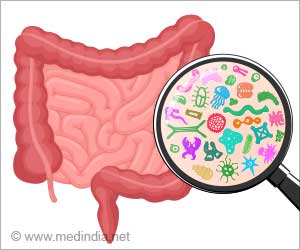Carotenoids are being hailed as extremely important nutritionally and studied extensively.
Carotenoids are being hailed as extremely important nutritionally and studied extensively. A pioneering method developed by Agricultural Research Service (ARS) scientists has revealed new findings about how carotenoids are absorbed in the body.
Using isotopes to tag carotenoids from kale, researchers at the ARS Beltsville (Md.) Human Nutrition Research Center (BHNRC) monitored the nutrients' absorption within the body. Physiologist Janet Novotny and research leader Beverly Clevidence of BHNRC's Diet and Human Performance Laboratory joined BHNRC plant physiologist Steven Britz and post-doctoral researcher Anne Kurilich, formerly with ARS, in studying beta-carotene and lutein, two important carotenoids.Carotenoids are fat-soluble pigments responsible for many of the hues of plant leaves, fruits and flowers. Beta-carotene gives carrots their orange color, while lutein is a major yellow pigment of corn and leafy green vegetables.
Carotenoids act as biological antioxidants, protecting cells and tissues from damage caused by naturally occurring oxygen free radicals in the body. Beta-carotene is a potentially important means of lessening vitamin A deficiency (the most serious nutritional deficiency problem worldwide), though its specific vitamin A value can vary. Lutein is believed to protect the human retina's macular region, reducing risk of macular degeneration, the most common age-related cause of blindness.
Other potential health benefits of carotenoids include enhancing immune system function, protecting from sunburn, and inhibiting the development of certain cancers.
Results from a feeding study at BHNRC have helped researchers better understand how these important compounds are absorbed by the body. The study showed that the best lutein absorbers in the body are also the best beta-carotene absorbers, suggesting similarities in their processing. In addition, lutein is absorbed much better than beta-carotene is from kale. The study demonstrated the formation of vitamin A from the tagged beta-carotene, helping to reveal information about how well plant foods provide vitamin A.
Source: Journal of Lipid Research.






